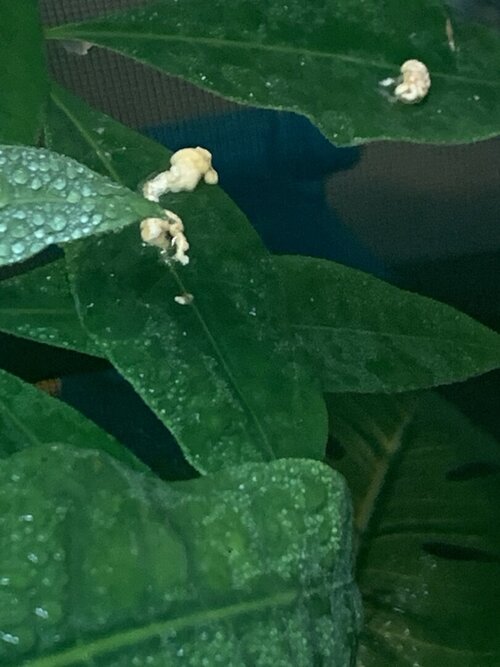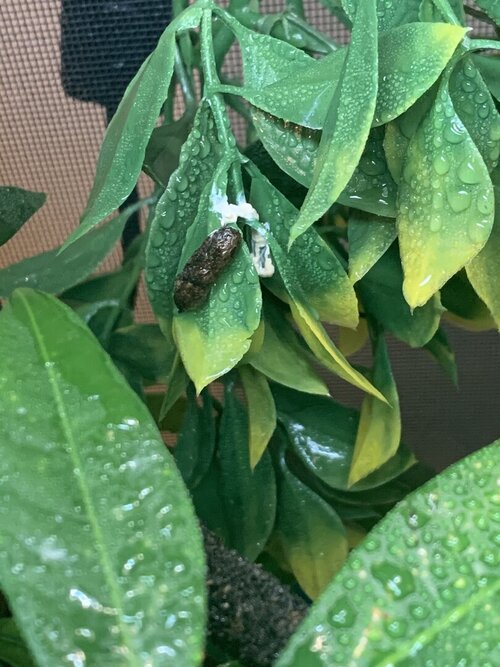Flick boy
Chameleon Enthusiast
Hi just curious, we say white urates = hydration, yellow,orange = dehydration. But from what I've read ( iam sure I will be corrected) chams will hold and can hold onto their stomach contents for longer to extract as much moisture/ water from their last meal as possible. So would it be safe to say  in a dry season in Madagascar without a meal for a day or too that a cham could/ would produce urates of a yellow/ orange colour that may lead thought towards dehydration but just be that the cham has extracted the water from it ? . Other than cham urate colour what would other indicators be other lethargic?
in a dry season in Madagascar without a meal for a day or too that a cham could/ would produce urates of a yellow/ orange colour that may lead thought towards dehydration but just be that the cham has extracted the water from it ? . Other than cham urate colour what would other indicators be other lethargic?






